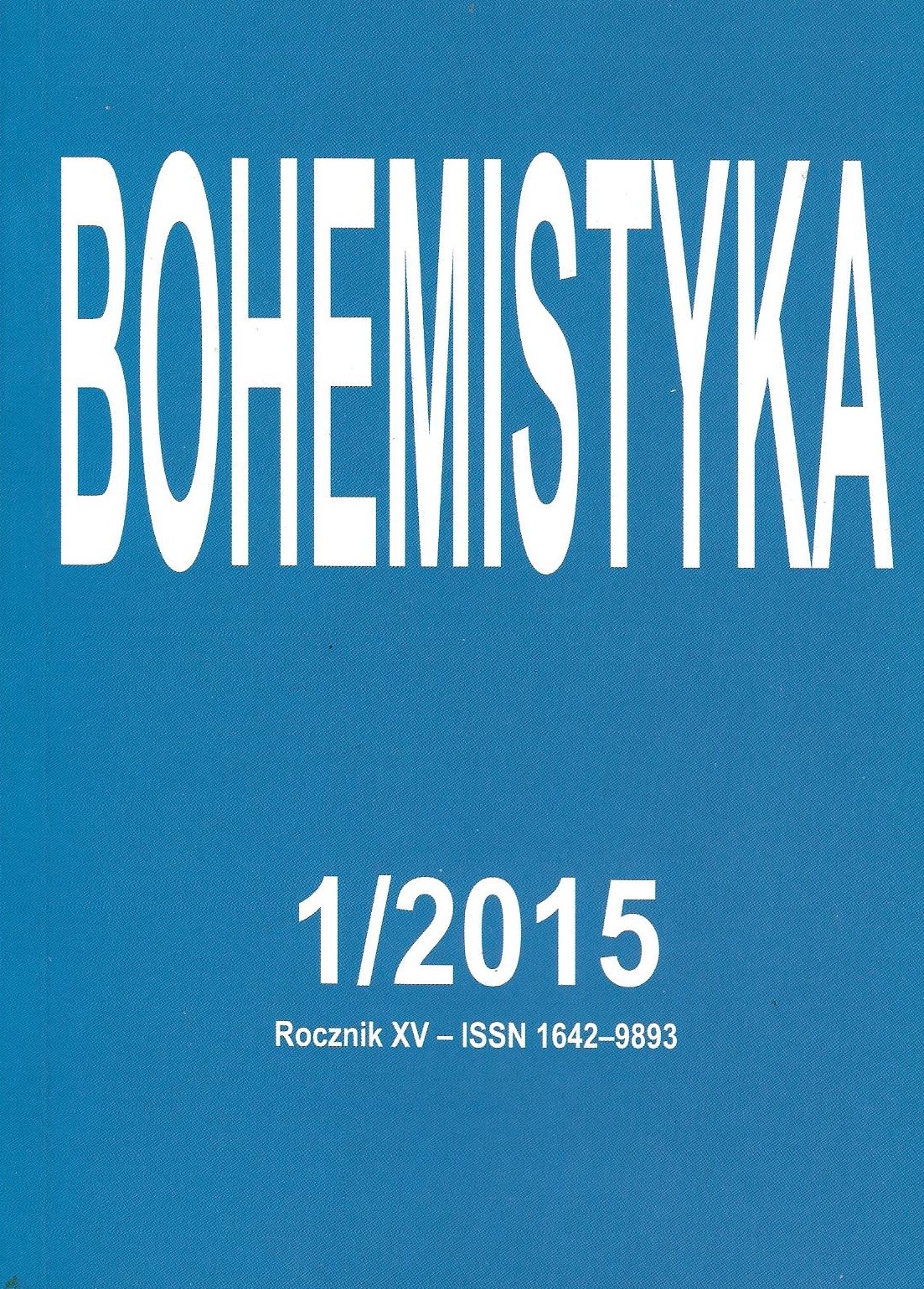O diable-moraliście, urwanej nodze i wcieleniach pokusy czyli ludowa (?) opowieść o Fauście z ilustracjami Josefa Manesa (na podstawie Doktor Faustus podle Gustava Schwaba vypravuje Fr. Táborský)
About the devil-moralist, clipped leg and incarnations of temptation that is folk (?) Story of Faust with illustrations by Josef Manes (based on Doctor Faustus
by Gustav Schwab tells Fr. Táborský)
Author(s): Danuta SosnowskaSubject(s): Language and Literature Studies, Studies of Literature
Published by: Uniwersytet Adama Mickiewicza
Keywords: Czech literature;popular literature;Faustus;G.Schwab;J.Manes;illustration
Summary/Abstract: There are three main objectives of the article. The first one is to outline the existence of Faust motif in the Czech culture, both popular and high. The second one is to present the book Doktor Faustus podle Gustava Schwaba vypravuje Fr.Táborský, which was edited in Prague in 1921. The illustrations by Josef Mánes enriched originally Schwab’s work, which persuaded the Czech editors to make the book available to Czech readers in the mentioned year. The third goal is to discuss Mánes’ illustrations as a kind of an interpretative reading, and not only the decorative pictures which should be regarded as being subordinated to the literary senses. This painting commentary, made by Mánes, introduced irony and such erotic motives which are absent in that literary world. Schwab’s book is presented as the example of narration that mixes the elements of popular version of the Faust myth with much more sophisticated, philosophical commentary formulated by the author. Thus, the funny and fantastic story about Faust, full of grotesque and fantasy elements, changes into a serious, moral treatise concerning predestination, sin, guilt and punishment. During the interwar period, Czech interest in Schwab’s book could resulted not only from the reason of Mánes’ illustrations, but also from the cultural tendencies of the time. I mean the fascinations for the popular form of circus-like magic, a sense of folk humor, a creative fantasy, which used to change a predictable world into a fairy tale. All those attractive qualities were characteristic for Schwab’s book.
Journal: Bohemistyka
- Issue Year: XV/2015
- Issue No: 1
- Page Range: 23-40
- Page Count: 18
- Language: Polish

